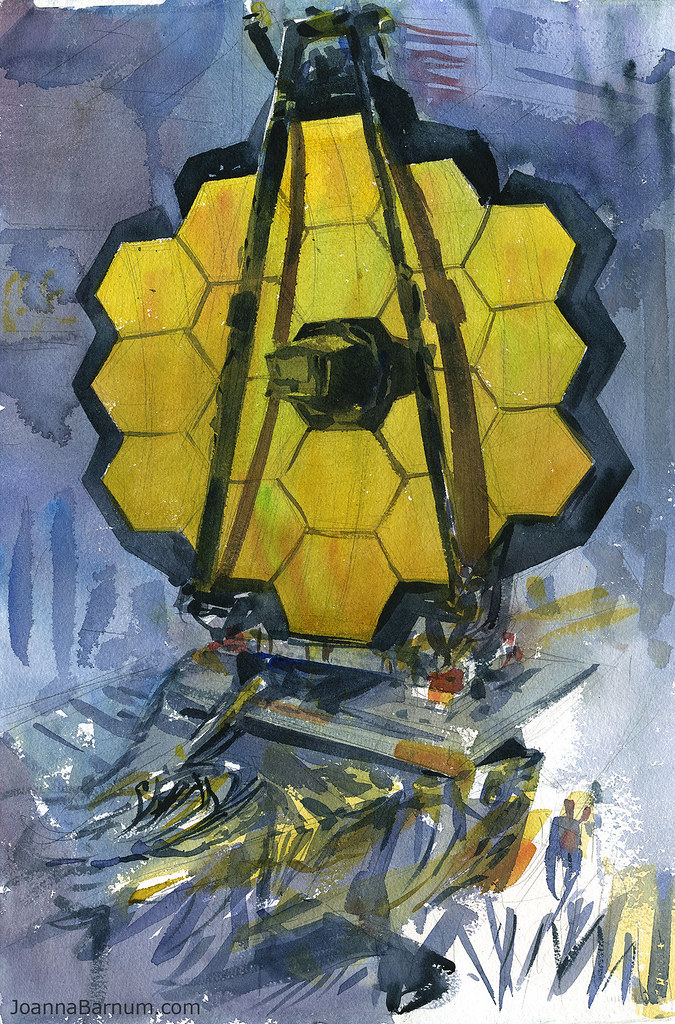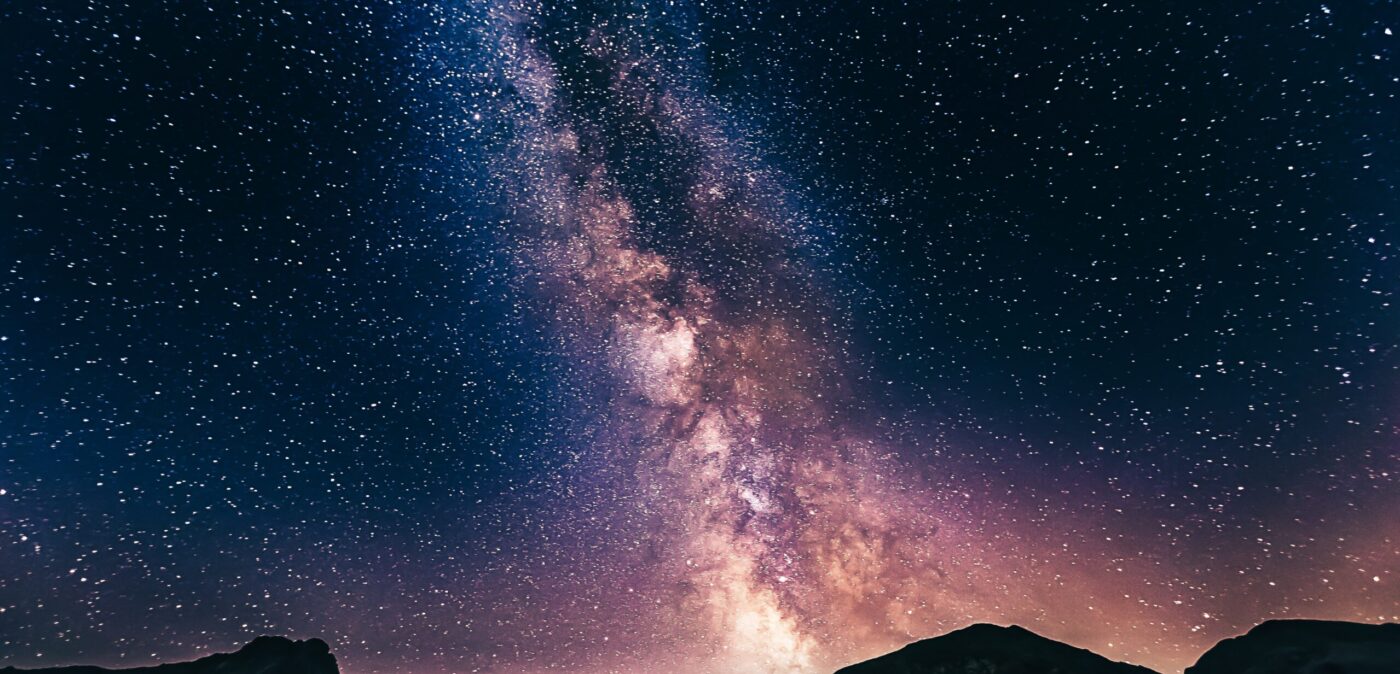
Peering Into the Past
The key to understanding who we are as a species can be traced back to our understanding of how the universe came to be. As of now, our best theories cannot guarantee anything and we have no solid understanding of exactly how the universe was born and evolved to be as we see it today. However, one of the best ways to deepen out understanding is to study the cosmos around us.
Looking up into the night sky is just like looking into the past. The light that bounces from the distant objects that we often view take millions and even billions of years to reach our eyes. Therefore, when the light particles finally hit our telescopes, millions to billions of years have passed in the place where the light came from. Because of this, when we look at distant stars and galaxies, we can see how the universe was a long time ago and compare it to how our own galaxy or solar system behaves to see how the cosmos has changed over a period of time.
Many of our telescopes operate largely in the visible light spectrum (the wavelengths of light that we can see with the naked eye) as well as other spectrums such as infrared and ultraviolet. However, most of our telescopes operating in the infrared spectrum are located on Earth. This is an issue as anything that generates heat appears in this spectrum, making it extremely difficult to gather accurate measurements as the telescopes have to adjust to millions of variables even if they are stationed in a remote area. Because of this, it was decided that a large, infrared telescope needed to be placed in space where it would be free to peer into the universe without the hindrances of heat from the planet itself and everything on it.
Answering this call after nearly 20 years of construction and various postponed launches is the James Webb Space Telescope (JWST) that is currently set to launch in March of 2021 on an Ariane 5 rocket.
James Webb is widely known as the next generation telescope as it will continue the legacy’s of other monumental telescopes, such as Hubble, for at least a decade to come. JWST will study the cosmos through an infrared lens with will allow it to see the universe in ways that we can’t with our eyes. Continuing Hubble’s work in more detail, James Webb will have instruments on board that will allow it to see longer wavelengths of light as well as make it more sensitive to light, allowing it to peer nearly 13.5 billion years into our past. JWST will search for the formations of the first galaxies, as well as look into the formations of stars and planetary systems to see how they differ from ours.
James Webb’s observations of distant objects will be crucial to seeing how they evolve and change to become as we see them today. Apart from studying the far reaches of the universe, it will also study the atmosphere of extrasolar planets and search for the building blocks of life elsewhere.
James Webb will orbit Earth 1 million miles (1.5 million kilometers) away in order to be free from the infrared rays from our planet. Here, it will be free to stare into the cosmos with considerably less harmful light polluting its lenses. It will also be equipped with a giant umbrella-like device that will shield it from the Sun’s rays (the main source of infrared light in our solar system). Additionally, it will also have cooling devices on board to protect the sensitive instruments from the heat generated from the spacecraft itself. The spacecraft is also equipped with 18 hexagonal mirrors that will help it to gather and focus the light emitted from faraway objects.
JWST will allow us a glimpse into the early universe, and hopefully a look at how it evolved into what we see today. This data could prove invaluable when trying to piece together the birth of the universe and its growth further down the road. This telescope will help us peer farther and deeper into the cosmos than ever before and hopefully help us answer some of the fundamental questions that are still lingering about our very existence.
Resources:
NASA, NASA, NASA, SPACE.COM






Tagged #cassini, #clouds, #hexagonalstorm, #magneticfield, #saturn